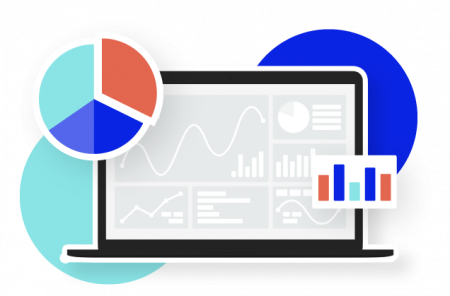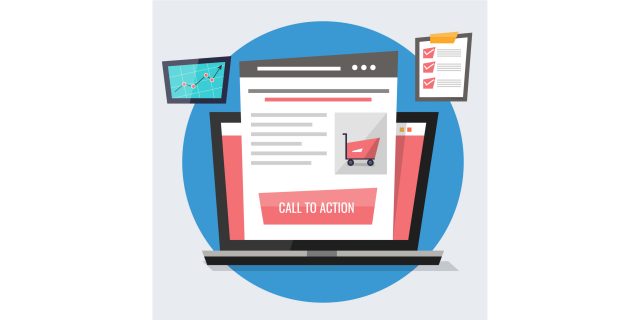
Get Started
Decide on the objective of your landing page. What do you want your visitors to do after they’ve landed?
Once you’ve decided on an objective, think about what you can offer people to persuade them to take the desired action.
Find out what keywords they tap into search engines to find local businesses like yours. You can do this with the free Google Keyword Planner tool. It will help you to discover the most popular keywords or phrases your prospective customers type into Google, such as ‘Hairdresser St John’s Wood London’.
You can then use that phrase in your headline and a few times in your copy, as well as in the page URL and its metadata (the title tags and meta description). The page title tag should have the keyword and the name of your town or city. The meta description should feature a user-friendly, keyword-relevant description of the page.
Make sure the landing page is optimised (easy to view and use) on mobile devices.
Perform A/B Testing on Your Landing Page
You might think you’ve created the best performing landing page, but you won’t know for sure until you’ve conducted what is known as a split test on the page. A split, or an A/B test, is a method of conducting controlled, randomised experiments with the goal of improving a website metric—in this case, conversions.
With a split test on your landing page, you compare the original version of the page (the control) against an almost identical version of the page (the test version). There will only be one difference between the two pages such as the headline. For example, you could use a different:
– Offer
– Headline
– Body copy
– CTA (colour, placement and wording)
– Image (size, placement, etc.)
– Font and type size
– Colour (of type, background, etc.)
– Testimonial or many testimonials
– Video
– Video length
– Trust symbols (such as Verisign)
Visitors to the page will either see the control or the new version. When the test is complete, the best performing of the two pages then becomes the new control. You then test another element of the page.
It’s vital that you only make one change because the two versions are going to go ‘head to head’. If the test beats the control, it becomes the new control—and you’ll know why: it’s because that one change was a marked improvement.
The aim is to continue tweaking the page to get the best possible response.
You can keep testing, and keep logging the results, and you’ll start to know what works and what doesn’t. Then over time, you’ll slowly edge towards that perfect version—the control that is unbeatable.
There are many split or A/B testing tools available online that will manage this process for you. Many charge a premium, but you can also use Google Analytics Experiments which is free.
1. Google Internal Data, Google Internal Data report, https://www.thinkwithgoogle.com,
April 2016
2. ‘Rising Consumer Expectations in the Micro-Moment, Google/Ipsos Connect, https://www.
thinkwithgoogle.com, December 2016

